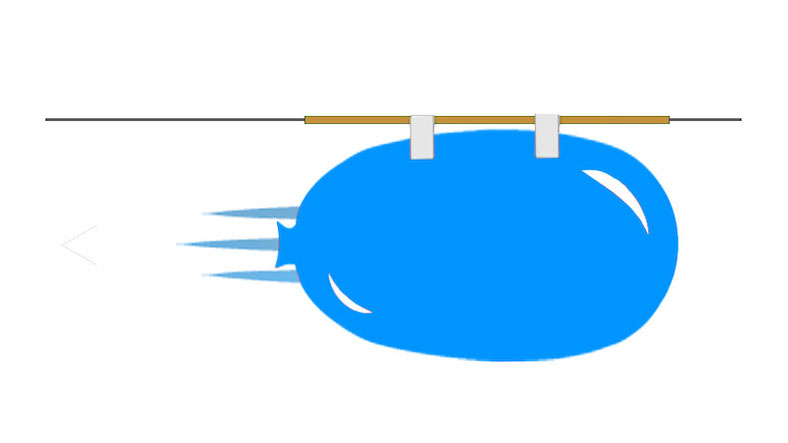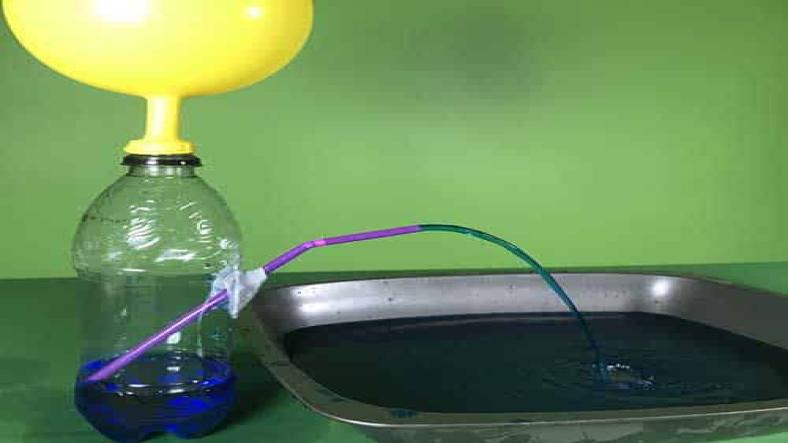The balloon rocket experiment is a simple and exciting way to explore the principles of action and reaction, or Newton's Third Law of Motion.
Here's how you can conduct the balloon rocket science experiment for children:
Materials:
- Balloon
- String or thread (about 10-15 feet)
- Drinking straw
- Tape
- Scissors
Procedure:
- Prepare the "Rocket" Assembly:
- Cut a piece of string or thread about 10-15 feet long.
- Thread the string through the drinking straw, making sure it moves freely along the length of the straw.
- Tie the ends of the string to two fixed points (e.g., chairs or any other stationary objects) so that the straw can slide along the string.
- Attach Balloon to Straw:
- Blow up a balloon but don't tie it off. Instead, pinch the end shut.
- Tape the balloon to the straw, with the unpinched end of the balloon facing backward.
- Secure the Straw: Make sure the straw is securely taped to the balloon and the balloon is securely attached to the straw.
- Position the Rocket: Place the straw on the string with the balloon end facing one of the fixed points.
- Release the Balloon: Let go of the balloon, allowing it to propel the straw along the string.
Observations and Explanations:
As you release the pinched end of the balloon, the air rushes out, creating a stream of air in one direction (backward). According to Newton's Third Law of Motion, for every action, there is an equal and opposite reaction. In this case, as the air rushes backward, it propels the balloon (and the attached straw) forward.
Tips:
- Experiment with different balloon sizes and amounts of inflation to see how they affect the rocket's speed.
- Discuss how the length and angle of the string may impact the trajectory of the rocket.
- Encourage children to make predictions about what will happen and then observe the actual results.
This experiment not only provides a hands-on demonstration of a scientific principle but also encourages critical thinking and hypothesis testing.
Thanks for reading the article, for more Science & Technology related articles read and subscribe to peoples blog articles.















